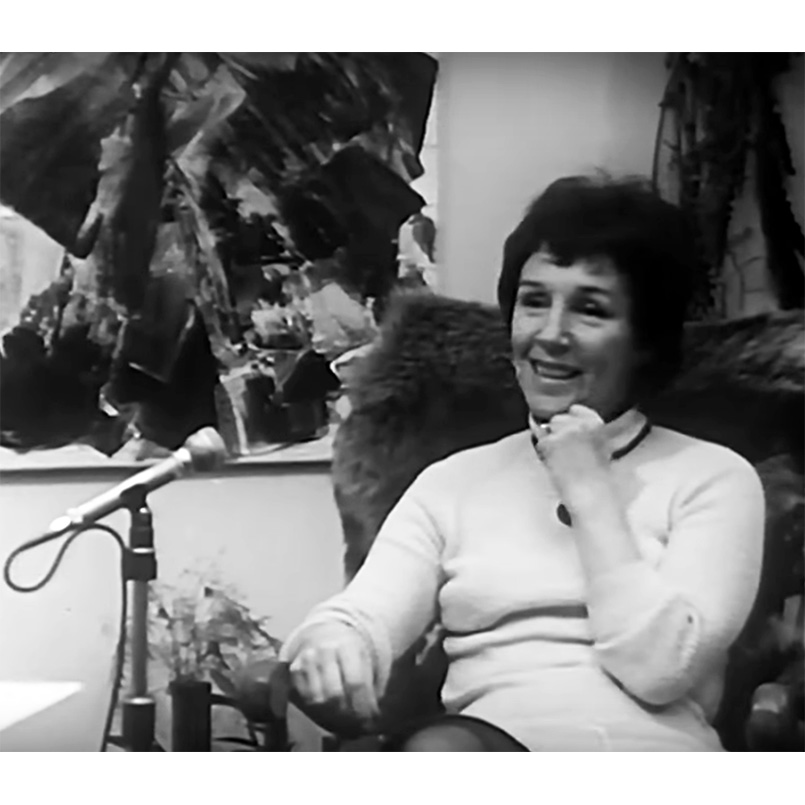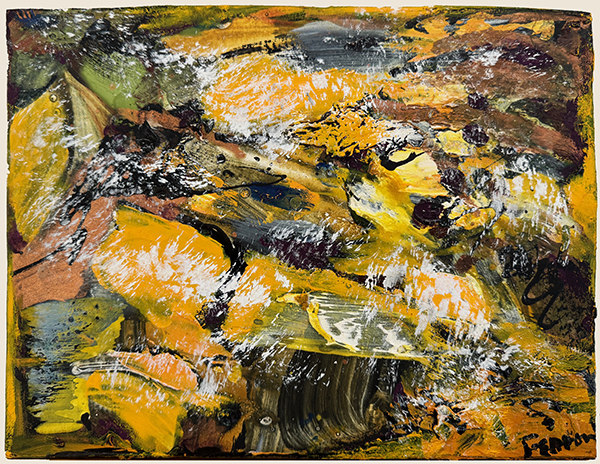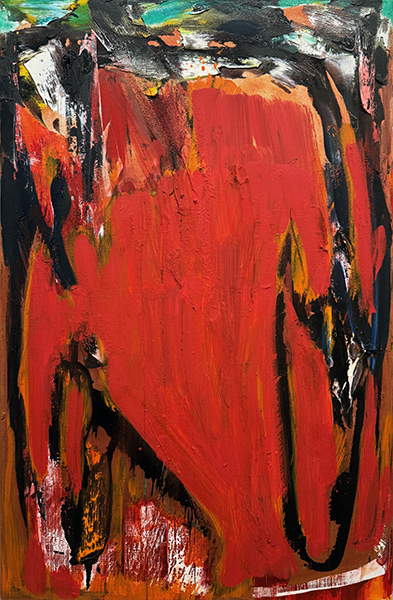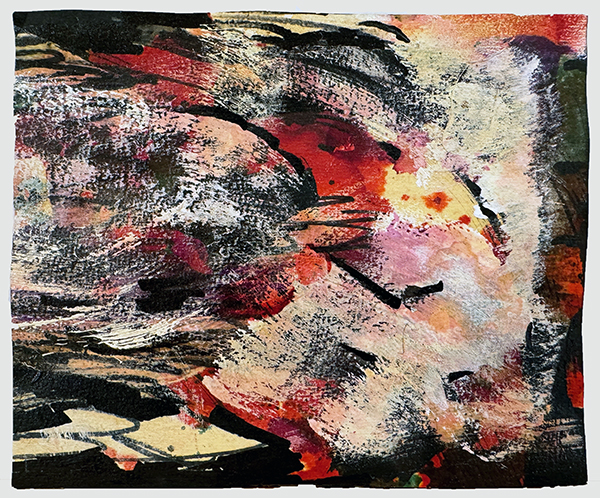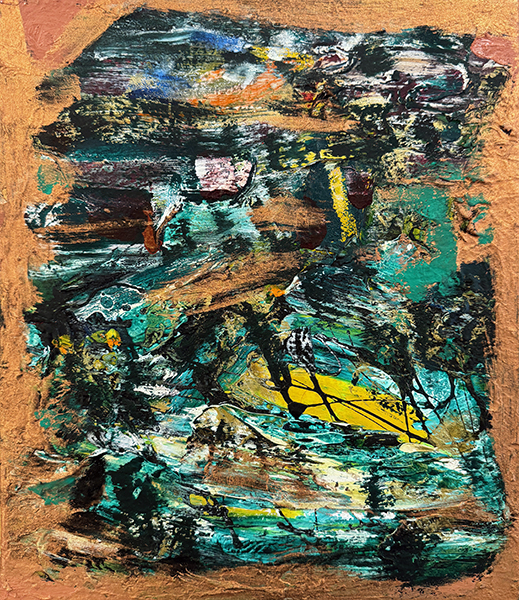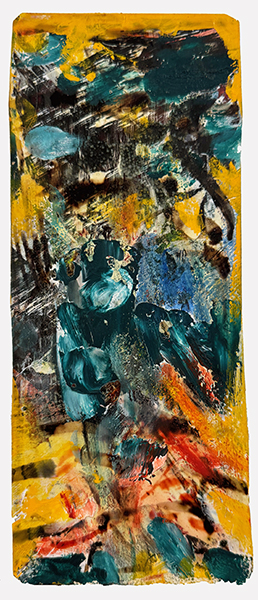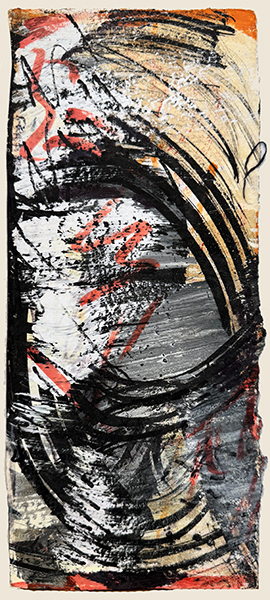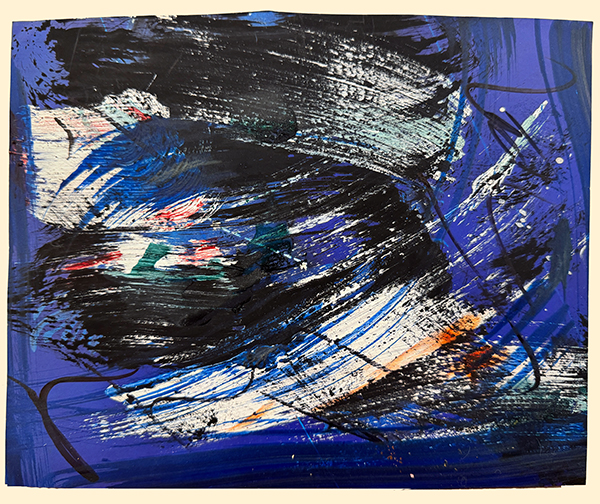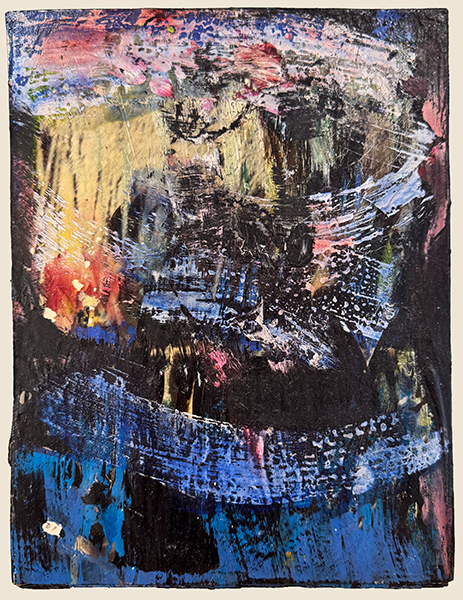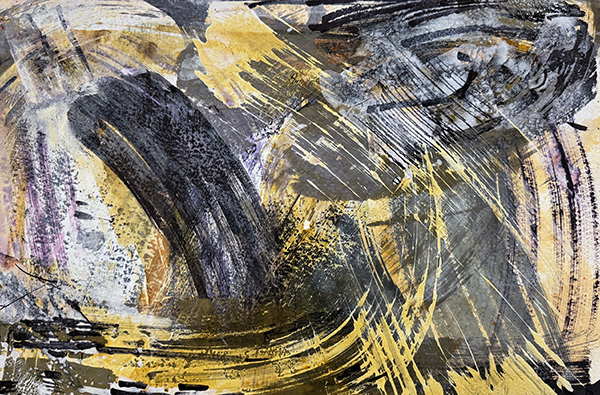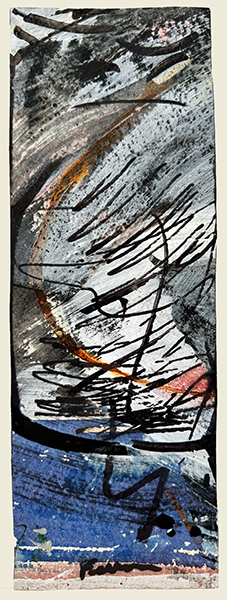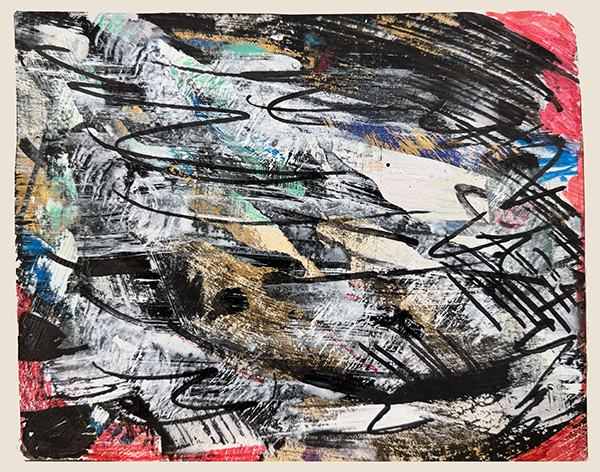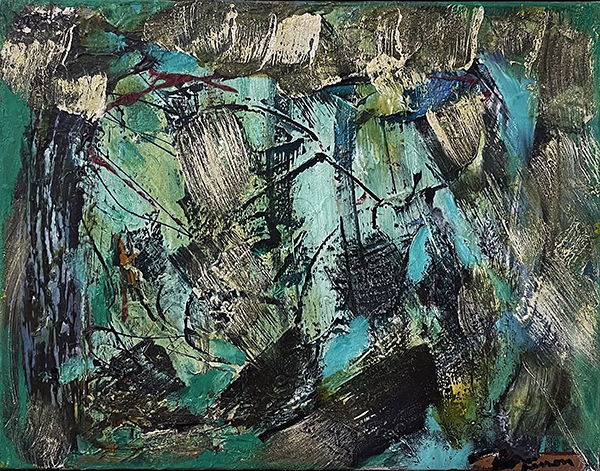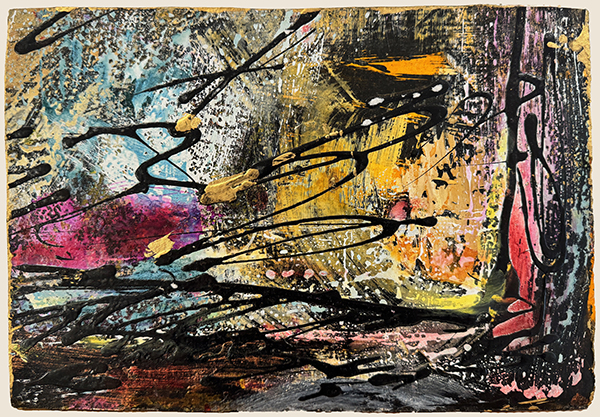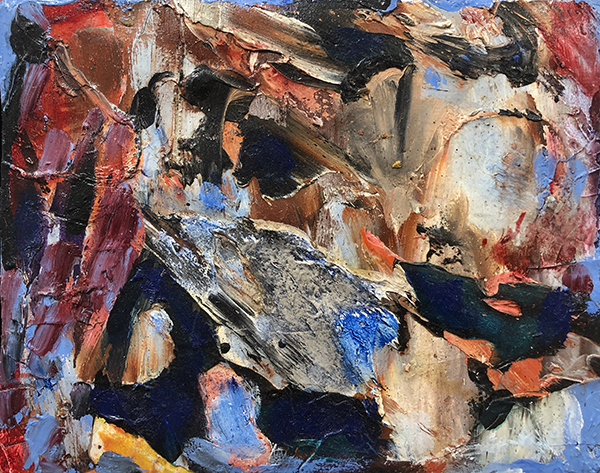Marcelle Ferron
Marcelle Ferron (1924-2001) - Biography
Marcelle Ferron is one of the most prominent figures in post-war art, both in Quebec and throughout Canada. Her career encompasses more than fifty years and, from the beginning, has been toward the exploration of new avenues in art. Ferron trained at both l'École des Beaux-Arts de Québec and l'École du Meuble de Montréal.
Very early on she joined the group of painters known as the Automatistes, led by Paul-Émile Borduas. In 1948, she was one of the signing parties of the "Refus global" manifesto, a deed which was to bestow new vigour and spirit upon Québécois cultural life.
In 1953, she moved to Paris, where she worked prodigiously for thirteen years producing drawings and paintings and, at the same time, initiating herself into the art of the master glassworker.
Marcelle Ferron has been working with modern stained glass concepts since 1964. Examples of her work can be admired in the Champ-de-Mars and Vendôme métro stations and the International Aviation Building, all in Montreal, as well as at Place du Portage in Hull and the Court House in Granby.
Ferron participated in all the Automatiste group exhibitions, including the critically acclaimed retrospective, Borduas et les Automatistes at the Grand Palais in Paris in 1971. Her work was exhibited in numerous collective exhibitions, both in Europe and the U.S., including: L'Exposition des Surindépendants and le Salon des Réalités nouvelles in 1956, the Antagonisme show at the Louvre in 1960, and at the Paris Musée d'art moderne in 1962 and 1965. She also represented Quebec at the Sao Paulo Biennial in 1961, the Festival des Deux Mondes in Spoleto in 1962, and the Osaka Universal Exposition in 1970.
Her works have been the subject of more than thirty special shows throughout Quebec and Canada, as well as in Paris, Brussels and Munich. In 1970, the Musée d'art contemporain de Montréal staged a retrospective of her work, a show that was repeated in 1972 in Paris at the Canadian Cultural Centre.
An associate professor at Laval University in Quebec, Ferron has participated in numerous seminars and given many conferences throughout Europe and America. It should be noted that Ferron was an early feminist who, with daring, faced and overcame many obstacles. A woman of integrity, she was devoted to her art, insisting that she did not paint for collectors. Painting, rather, was her passion. She broke ground for women artists in Canada today. Marcelle Ferron died in 2001. The famous Quebec writers, Jacques Ferron and Madeleine Ferron are her brother and sister.
Awards and Honours:
In 1983, Ferron was the first woman to receive the Prix Paul-Emile-Borduas. Among her other honours was the silver medal she won at the Sao Paolo Biennieal in Brazil in 1961. The Government of Quebec recognized her contribution to Quebec culture with the Ordre national du Quebec.
Permanent Collections:
National Gallery of Canada, Ottawa
Museum of Fine Arts, Montreal
Musee Art Contemporain, Montreal
Agnes Etherington Centre, Kingston
Stedelijk Museum, Amsterdam
Hirshorn Museum, Washington
Museum of Modern Art, Sao Paulo, Brazil
Artist Specialization: Ferron remained faithful throughout her career to the aesthetic principles underlying the Automatiste movement, namely the respect of gesture as an essential feature of authentic artistic expression. A long stay in Paris, from 1953 to 1965, brought her closer to the proponents of lyrical abstraction. Her abstract paintings, agitated by tumultuous bursts, crossing movements and contrasts, gradually gave way to brilliant colors contrasted with very pure whites. She was also fascinated by the properties of antique glass and its possibilities as a medium. She began researching glass production methods and their application in the composition of stained glass, glass windows and skylights. As a master glassmaker, Ferron made many contributions to architecture and public art.
